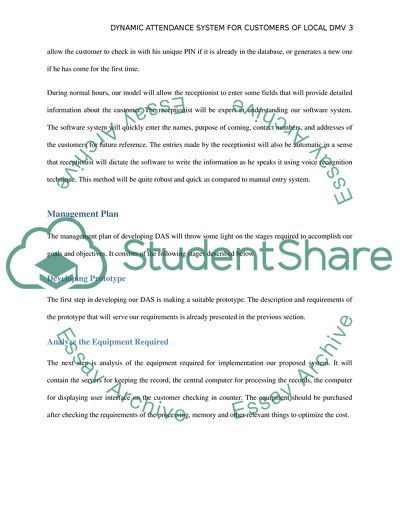Cite this document
(Design Process of Dynamic Attendance System Thesis Proposal Example | Topics and Well Written Essays - 1250 words, n.d.)
Design Process of Dynamic Attendance System Thesis Proposal Example | Topics and Well Written Essays - 1250 words. https://studentshare.org/information-technology/1807189-design-process
Design Process of Dynamic Attendance System Thesis Proposal Example | Topics and Well Written Essays - 1250 words. https://studentshare.org/information-technology/1807189-design-process
(Design Process of Dynamic Attendance System Thesis Proposal Example | Topics and Well Written Essays - 1250 Words)
Design Process of Dynamic Attendance System Thesis Proposal Example | Topics and Well Written Essays - 1250 Words. https://studentshare.org/information-technology/1807189-design-process.
Design Process of Dynamic Attendance System Thesis Proposal Example | Topics and Well Written Essays - 1250 Words. https://studentshare.org/information-technology/1807189-design-process.
“Design Process of Dynamic Attendance System Thesis Proposal Example | Topics and Well Written Essays - 1250 Words”. https://studentshare.org/information-technology/1807189-design-process.


